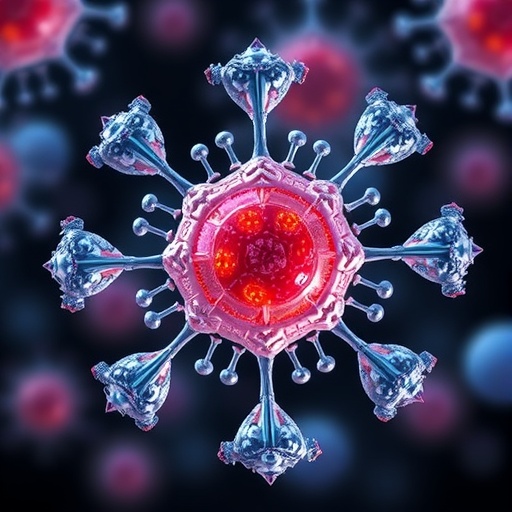The results of an international clinical trial for a new system of diagnosing heart transplant rejection and injury will be presented publicly for the first time at the International Society for Heart & Lung Transplantation (ISHLT) annual meeting, which will take place on April 11 and 12 in Nice, France.
Led by Dr. Phil Halloran and his team at the Alberta Transplant Applied Genomics Centre (ATAGC) at the University of Alberta, Edmonton, Canada, the INTERHEART study developed a molecular system for reading heart transplant biopsies through the use of microarrays, commonly referred to as gene chips. The system promises greater accuracy in determining heart rejection and predicting future heart failure.
"Heart biopsies are conventionally read by microscopes, but there is extensive disagreement between doctors reading the biopsies, and therefore, errors," said Halloran, Muttart Research Chair in Clinical Immunology and a professor of medicine at the U of A. "The ATAGC team believes that biopsies should be read by their molecules, and has developed a 'molecular microscope' method to do just that."
The method uses gene chips–similar in some ways to computer chips–to interpret the molecules in biopsies. In the molecular microscope system developed by the ATAGC, software converts the chip readings into diagnoses automatically.
"Unlike conventional microscopes, the molecular assessment can also detect other serious injuries that are not rejection but can be confused with rejection," said Halloran. "The molecular microscope results suggest that unrecognized injury has been confused with rejection in many cases by conventional methods. This emerges as a major opportunity to improve care."
The molecular system diagnoses rejection of two types: by T cells and by antibodies. Molecular microscope readings require less tissue and ATAGC research indicates that it is more precise and accurate than conventional methods.
The clinical trial was supported by an international team of co-investigators in North America, Europe and Australia. The next step is to use the readings to guide therapy for better outcomes. The molecular microscope system is also being developed for lung transplant, with the goal of changing care for those patients as well.
###
Media Contact
Ross Neitz
[email protected]
780-492-5986
@ualberta_fomd
http://www.med.ualberta.ca




